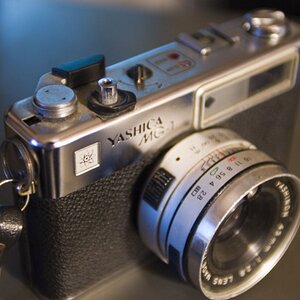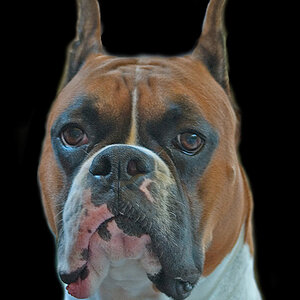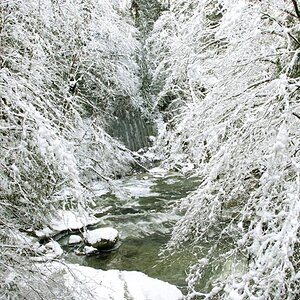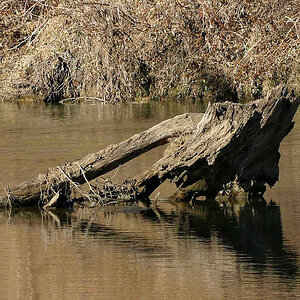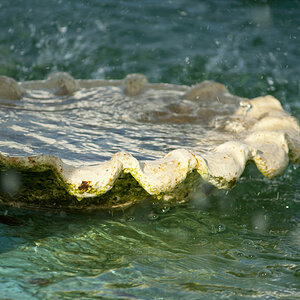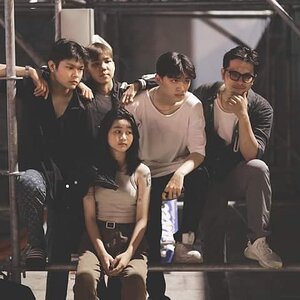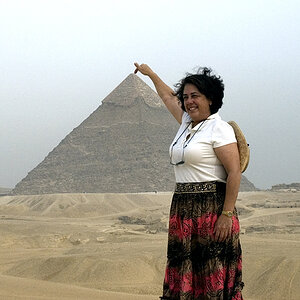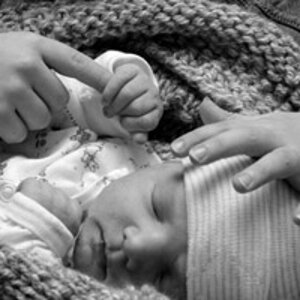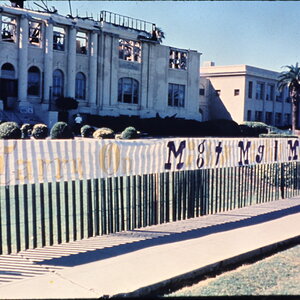Navigation
Install the app
How to install the app on iOS
Follow along with the video below to see how to install our site as a web app on your home screen.

Note: This feature currently requires accessing the site using the built-in Safari browser.
More options
You are using an out of date browser. It may not display this or other websites correctly.
You should upgrade or use an alternative browser.
You should upgrade or use an alternative browser.
Filters?????????????
- Thread starter PonyBoy
- Start date
ann
No longer a newbie, moving up!
- Joined
- May 14, 2007
- Messages
- 4,263
- Reaction score
- 189
- Can others edit my Photos
- Photos NOT OK to edit
this was started on the 11th, earlier in the week
http://www.thephotoforum.com/forum/beyond-basics/156079-filters.html
http://www.thephotoforum.com/forum/beyond-basics/156079-filters.html
Johnboy2978
No longer a newbie, moving up!
- Joined
- Oct 21, 2004
- Messages
- 1,797
- Reaction score
- 30
- Location
- Southwest Virginia
- Website
- www.johncountsphotography.com
- Can others edit my Photos
- Photos OK to edit
Basically a good circular polarizer and maybe some ND filters are about all you need if you're shooting digitally. The effects of most all other filters can be replicated in photoshop or another graphics program.
If you are shooting film then let us know what effect you are trying to achieve.
If you are shooting film then let us know what effect you are trying to achieve.
ksmattfish
Now 100% DC - not as cool as I once was, but still
- Joined
- Aug 25, 2003
- Messages
- 7,019
- Reaction score
- 36
- Location
- Lawrence, KS
- Website
- www.henrypeach.com
- Can others edit my Photos
- Photos NOT OK to edit
Basically a good circular polarizer and maybe some ND filters are about all you need if you're shooting digitally.
Me too. The only filters I've used other than CP and ND since switching to digital have been infrared filters.
Some folks like to use a UV filter to protect their lenses. Not me.
Christie Photo
No longer a newbie, moving up!
- Joined
- Jan 7, 2005
- Messages
- 7,199
- Reaction score
- 148
- Location
- Kankakee, IL
- Website
- www.christiephoto.com
Some folks like to use a UV filter to protect their lenses. Not me.
Me either. I never did.
But... tell us more about the infrared filters. Do you mean the ones that appear black? I've not yet put one on a digital camera. Is it the same as film photography, with the same results?
-Pete
- Joined
- May 1, 2008
- Messages
- 25,418
- Reaction score
- 4,999
- Location
- UK - England
- Website
- www.deviantart.com
- Can others edit my Photos
- Photos OK to edit
If you really want to use a filter to protect your front glass don't bother with a UV since modern lenses are made with UV filter coatings already - instead get a cheaper (but make sure its a good quality like B+W) clear glass filter.
There are times when it is advisable to protect your front element - such as on beaches with sand and salt spray or if you are shooting some sport close up where mud if flying near you (like rally car racing). In these cases you might get material on your lens and need to wipe it off to keep shooting - you can't quickwipe the front element of a lens without the risk of scratching - so you fit the filter and then it takes any possible scratches. Scratches don't always show up in shots ,but one should always aim to keep their kit undamaged
There are times when it is advisable to protect your front element - such as on beaches with sand and salt spray or if you are shooting some sport close up where mud if flying near you (like rally car racing). In these cases you might get material on your lens and need to wipe it off to keep shooting - you can't quickwipe the front element of a lens without the risk of scratching - so you fit the filter and then it takes any possible scratches. Scratches don't always show up in shots ,but one should always aim to keep their kit undamaged
ksmattfish
Now 100% DC - not as cool as I once was, but still
- Joined
- Aug 25, 2003
- Messages
- 7,019
- Reaction score
- 36
- Location
- Lawrence, KS
- Website
- www.henrypeach.com
- Can others edit my Photos
- Photos NOT OK to edit
But... tell us more about the infrared filters. Do you mean the ones that appear black? I've not yet put one on a digital camera. Is it the same as film photography, with the same results?
Well I know that many folks are using screw on filters, but I had Lifepixel.com remove the ir blocking filter from the sensor of an old 20D, and replace it with a visible light blocking filter. It's the equivalent of a Hoya R72 or Wratten 89b. I've never actually laid eyes on it (since it's in the body), but I assume it looks black.
From what I've read of the folks using the screw on filters it's very similar to shooting IR film. Long exposures are necessary because of the ir blocking filter built into most digital cameras.
I've used Konica and Kodak IR films in the past. With a #29 (deep red) filter I metered for ISO 12 with the Konica, and ISO 100 or 200 with the Kodak (I can't remember which). Obviously ISO 12 requires a tripod in most situations, and the Kodak was way too grainy for my taste (also not available in 120 size, which the Konica was).
My converted 20D is nothing like shooting IR film. The BW results are similar, although super clean looking even compared to 120 size Konica IR (which was supposed to be the finest grain ir film ever when I was shooting it). Also some false color options are available in processing. With the ir blocking filter removed it's very, very ir sensitive. Hand held shooting is no problem.
It is possible to have the ir blocking filter removed, and no new filter installed. This allows switching back and forth between ir and visible light by using different screw on filters on the lens.
This is handheld at ISO 200, converted to BW, contrast adjusted, and toned.

This is handheld at ISO 1600 with a flash (with a DIY visible light blocking filter made of a double layer of unexposed but developed E6), I adjusted the wb, then upped the saturation to get the color.

Christie Photo
No longer a newbie, moving up!
- Joined
- Jan 7, 2005
- Messages
- 7,199
- Reaction score
- 148
- Location
- Kankakee, IL
- Website
- www.christiephoto.com
Well I know that many folks are using screw on filters...
Thank you for such a thorough response... and illustrated too!
-Pete
Most reactions
-
 427
427 -
 287
287 -
 281
281 -
 265
265 -
 222
222 -
 198
198 -
 182
182 -
 179
179 -
 164
164 -
 164
164 -
 150
150 -
 131
131 -
 119
119 -
 95
95 -
I
94
Similar threads
- Replies
- 9
- Views
- 516
- Replies
- 9
- Views
- 330

